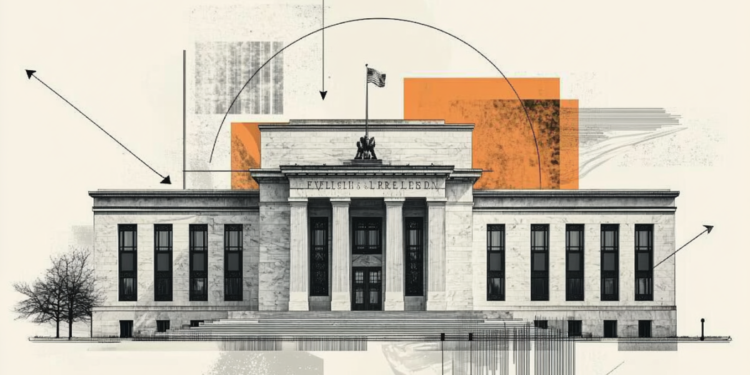The Bank of Mexico revealed its quarterly report for January-March of 2025, in which the Central Bank reviewed its Gross Domestic Product forecasts (GDP) by 2025 and 2026, compared to the latest 2024 report.
Inflation is expected in 2025 to increase, while the governor of Banxico, Victoria Rodríguez Ceja, said that “hereinafter, it could continue to calibrate the monetary posture and consider adjusting it in an amount similar to the reduction of 50 PB of May.”
Outstanding comments
- It forecasts a 2025 GDP growth of 0.1% compared to 0.6% in the previous report.
- It forecasts a 2026 GDP growth of 0.9% compared to 1.8% in the previous report.
- Forecasts an average general annual inflation in the fourth quarter of 2025 of 3.3% compared to an estimate of 3.3% in the previous quarterly report.
- It predicts an average annual inflation underlying in the fourth quarter of 2025 of 3.4% compared to a 3.3% estimate in the previous quarterly report.
- Forecasting an average general annual inflation in the fourth quarter of 2026 of 3.0% compared to a 3.0% estimate in the previous quarterly report.
- It predicts an average annual inflation underlying in the fourth quarter of 2026 of 3.0% compared to a 3.0% estimate in the previous quarterly report.
- General inflation is expected to convey the 3% target in the third quarter of 2026, compared to the third quarter of 2026 in the previous quarterly report.
- Governor of Banxico Rodríguez: The Governing Board estimates that from now on it could continue to calibrate the monetary position and consider adjusting it in an amount similar to the reduction of 50 PB of May.
- The Board anticipates that the inflationary environment will allow the reference rate cuts cycle to continue, maintaining a restrictive position.
- National economic activity is expected to remain weak during the forecast horizon.
BANXICO FAQS
The Bank of Mexico, also known as Banxico, is the central bank of the country. Its mission is to preserve the value of the Mexican currency, the Mexican weight (MXN), and set the monetary policy. For this, its main objective is to maintain low and stable inflation within the target levels – in or close to its 3%target, the midpoint of a tolerance band between 2%and 4%.
The main Banxico tool to guide monetary policy is the fixation of interest rates. When inflation is above the goal, the bank will try to control it by raising the rates, which makes the debt of homes and companies more expensive and, therefore, cools the economy. The highest interest rates are generally positive for Mexican weight (MXN), since they lead to higher yields, which makes the country a more attractive place for investors. On the contrary, lower interest rates tend to weaken the MXN. The rate differential with the dollar, or the way in which Banxico is expected to set interest rates compared to the United States Federal Reserve (Fed), is a key factor.
Banxico meets eight times a year and its monetary policy is very influenced by the decisions of the United States Federal Reserve (Fed). Therefore, the decision -making committee of the Central Bank usually meets a week after the Fed. In this way, Banxico reacts and sometimes anticipates the monetary policy measures set by the Federal Reserve. For example, after the Covid-19 pandemic, before the Fed raised the rates, Banxico first did it in an attempt to reduce the possibilities of a substantial depreciation of the Mexican weight (MXN) and avoid capital outputs that could destabilize the country.
Source: Fx Street
I am Joshua Winder, a senior-level journalist and editor at World Stock Market. I specialize in covering news related to the stock market and economic trends. With more than 8 years of experience in this field, I have become an expert in financial reporting.





